Humans spend 90% of their lives indoors. This means the architectural design profession must create interior environments with purpose, and specify materials that allow these environments to positively interact and impact the world around us today and for the future.
As architects and designers, we are challenged to be current with design strategies, and rigorous in the material specifications for our projects. The assemblage of planes that define space are constant and required. The cladding of these planes sets the stage as the foreground, middle ground and background of the spatial composition.
Natural materials shine in QC process
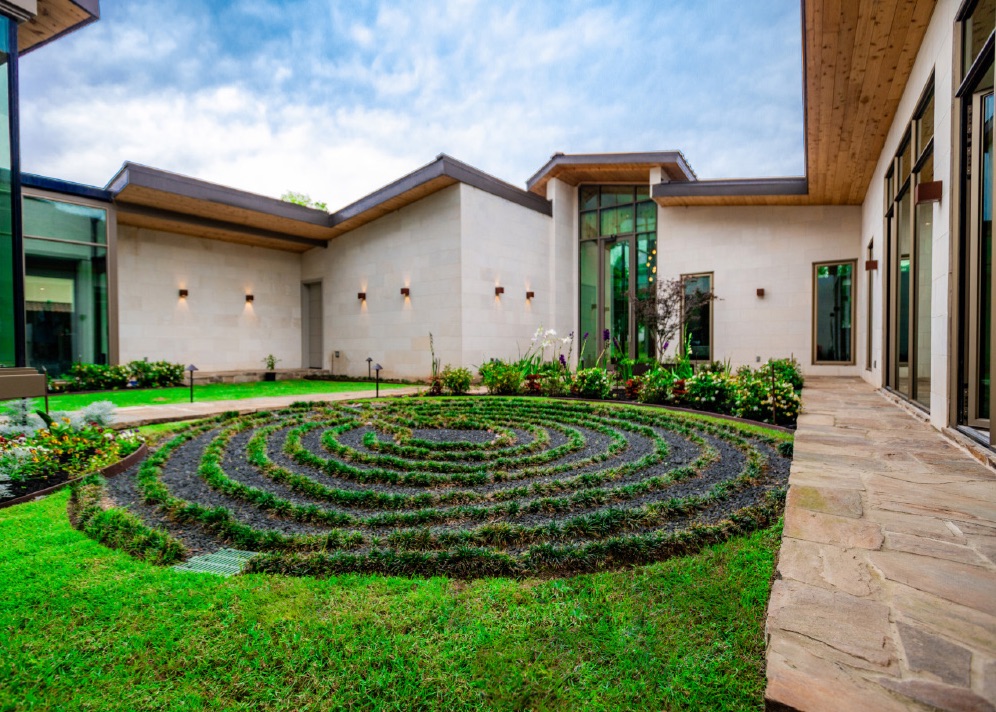
Photo courtesy of Micahl Wyckoff of MW Visual Design.
Since its inception, NANO’s motivating philosophy behind its success is one of spatial relationships based upon a series of scales. This philosophy is performed by an analytical study of context and perspective, which translates into thinking of any project as encompassing not only the most removed, observable viewpoint, but also the minutest detail.
We approach each project at not only the scale of the city, the block, and the street, but also at the level of the smallest essentials – the joint, the reveal, and the grain. In the process of developing a project, no scale holds supremacy, but must inform one another to construct the overall design concept. Building upon our philosophy, we have instituted a quality control assurance program for all material specifications on our projects. This evaluates the product for its life cycle costs and environmental indoor quality, as well as its recyclable effects on the environment.
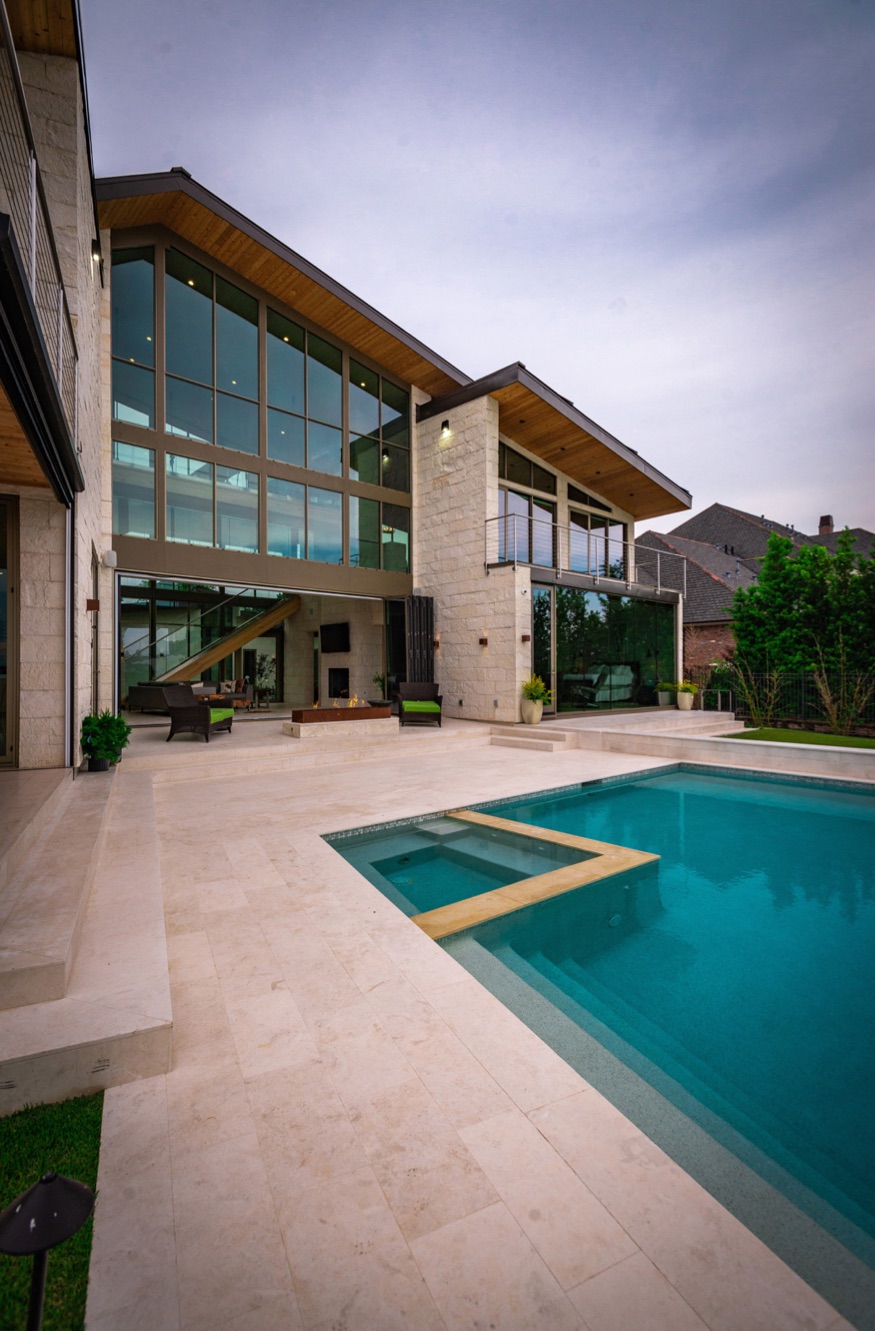

As we have designed both commercial and residential spaces in the last several years, natural materials have excelled in our quality control process. Several of their sustainability factors include: durability over time; positive alignment with the environment; resilience to fluctuating temperature and solar conditions. Stone and tile are the oldest materials in the world and have proven their longevity over the centuries, containing natural minerals such as carbon carbonate and silicon dioxide, which comprise 59% of the earth’s crust. This is important to NANO‘s quality control assurance plan, because of their relevance to interior spaces and their contribution to current design longevity, in addition to the ease of long-term maintenance for the client. Typically our new and returning clients want upgrades to their facilities every seven to 10 years. If the design is intentional, usually our clients want a refresh, leaving the materiality of the stone or tile as a constant within the space to work with for the refresh.
We began NANO’s in-house quality control process three years ago and have built upon this process with every project that we design. Lately, our residential clients have become very interested about LEED materials and how their houses can become “honest healthy houses” utilizing the LEED residential certification requirements. Even if they decide not to pursue the LEED certification, we use this process as a goal for products and materials selection. The process then becomes a team-building exercise that allows the client to participate in and positively contribute to the design and ecosystem they inhabit. Most of our clients are genuinely concerned with their immediate and global environment, wanting to facilitate change where possible.
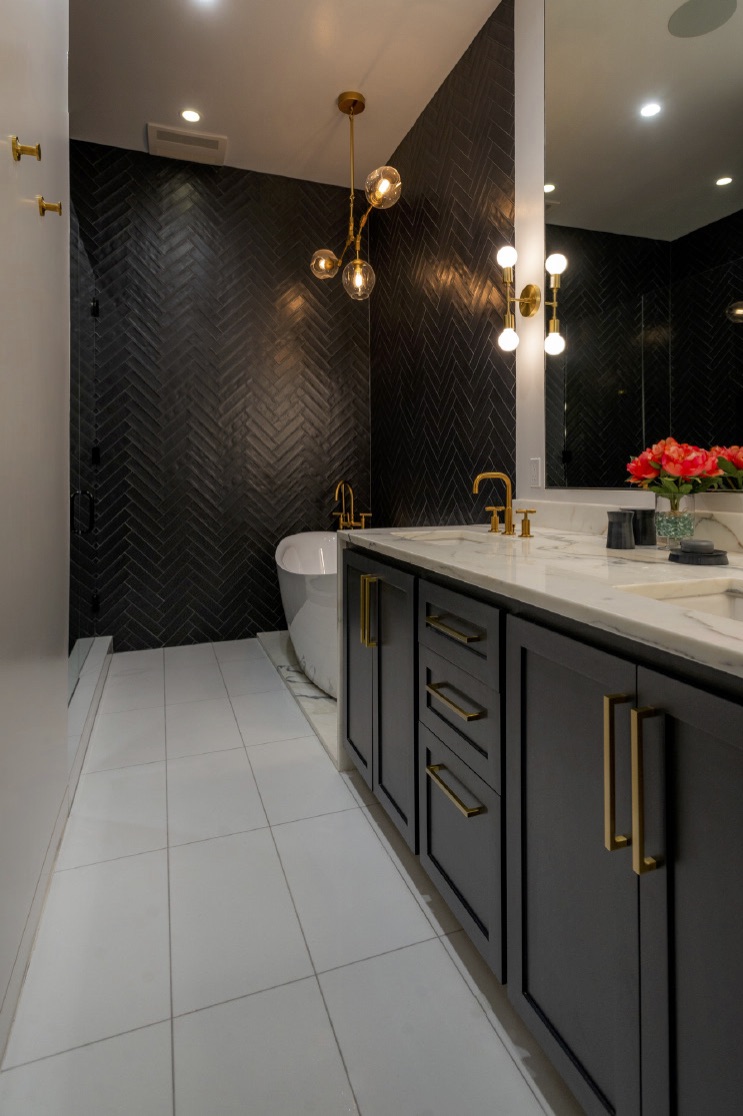

Educating the client
NANO encourages an “open forum” of communication between the client and the design team. But the dialogue can be difficult when architects/designers educate clients concerning sustainable stone and tile qualities compared to price and aesthetic. In recent years the dialogue has become easier, thanks to the amount of quantitative data on life cycle costs and environmental effects of plastic materials and plastic-based material floorings such as LVT. The cost of stone and tile compared to plastic-based products is more expensive in most cases, but emphasizing the proven sustainability and reduced impact of tile on the environment shows that it’s worth the cost and pays for itself over time.
Qualified installers produce accurate installations
Another partnership that is essential in the architectural design profession is that of the material supplier and a qualified installer. We work with several preferred suppliers and rely on qualified licensed installers, who have completed an industry-recognized certification program to perform the proper installation of the spaces we design and specify. A well-performing professional installation is the best outcome, and can only happen with a licensed, certified installer. NANO will only work with licensed, certified tile contractors that have the training and knowledge for the systems we specify.
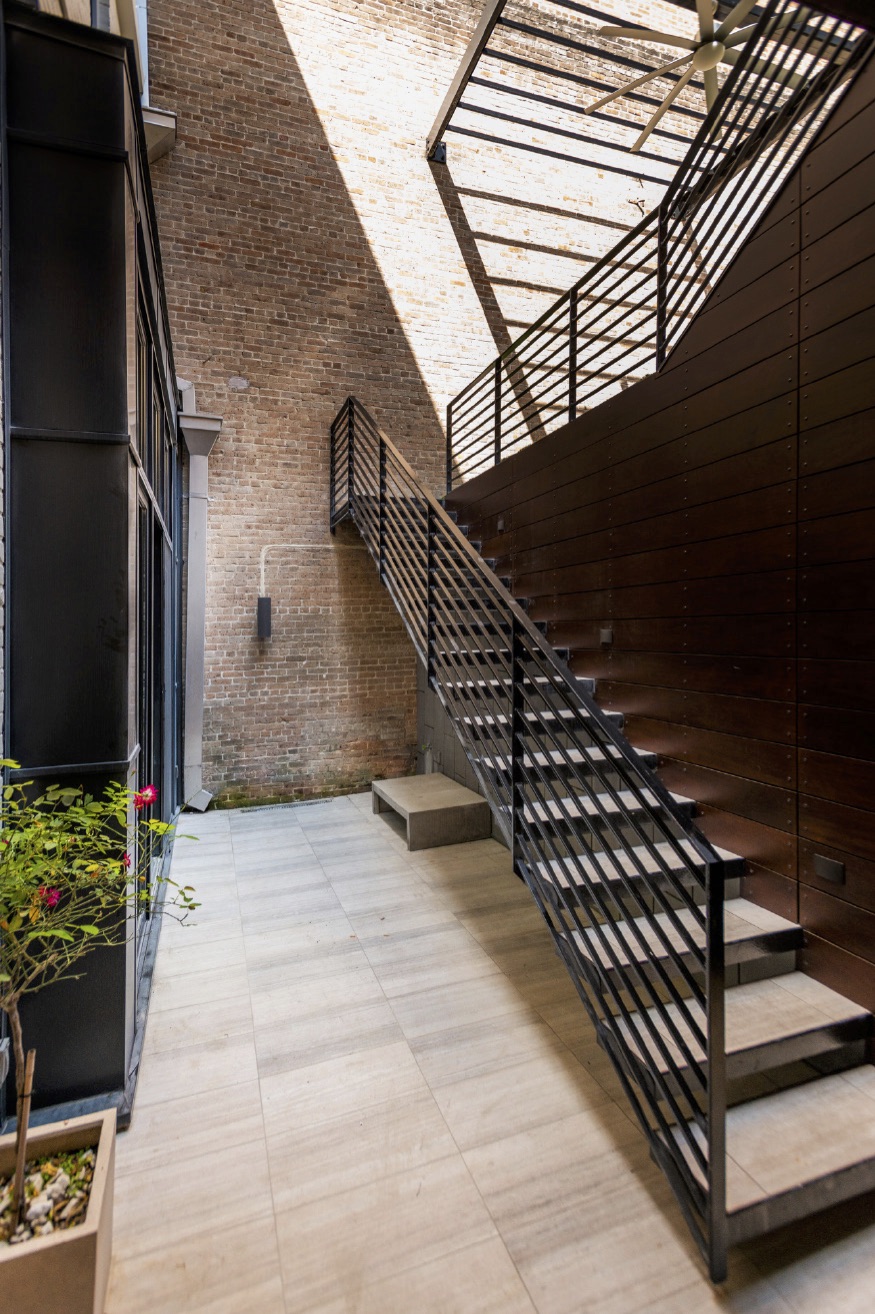

Within the Gulf Coast region, moisture, humidity and mold are serious and costly issues. When stone and tile are installed incorrectly, or waterproofing membranes not properly sealed, the damage to adjoining spaces, design features, and the structure of the building can be devastating for clients. To achieve a successful, code-complaint building and prevent the majority of litigation for most projects, it’s essential to adhere to local and federal building codes, the IBC 2015, ADAAG, and Tile Council of North America (TCNA) installation guidelines. Licensed, certified tile installers with full knowledge of codes and installation requirements are critical team members for any successful project.
NANO has set goals for our future designs by initiating our own quality control assurance program for material specifications as it pertains to LEED qualifications, well performance life cycle costs, and environmentally-safe products, while creating performative spaces for the future. Architecture is a generative process for all team members – including clients – as we educate and execute the design.
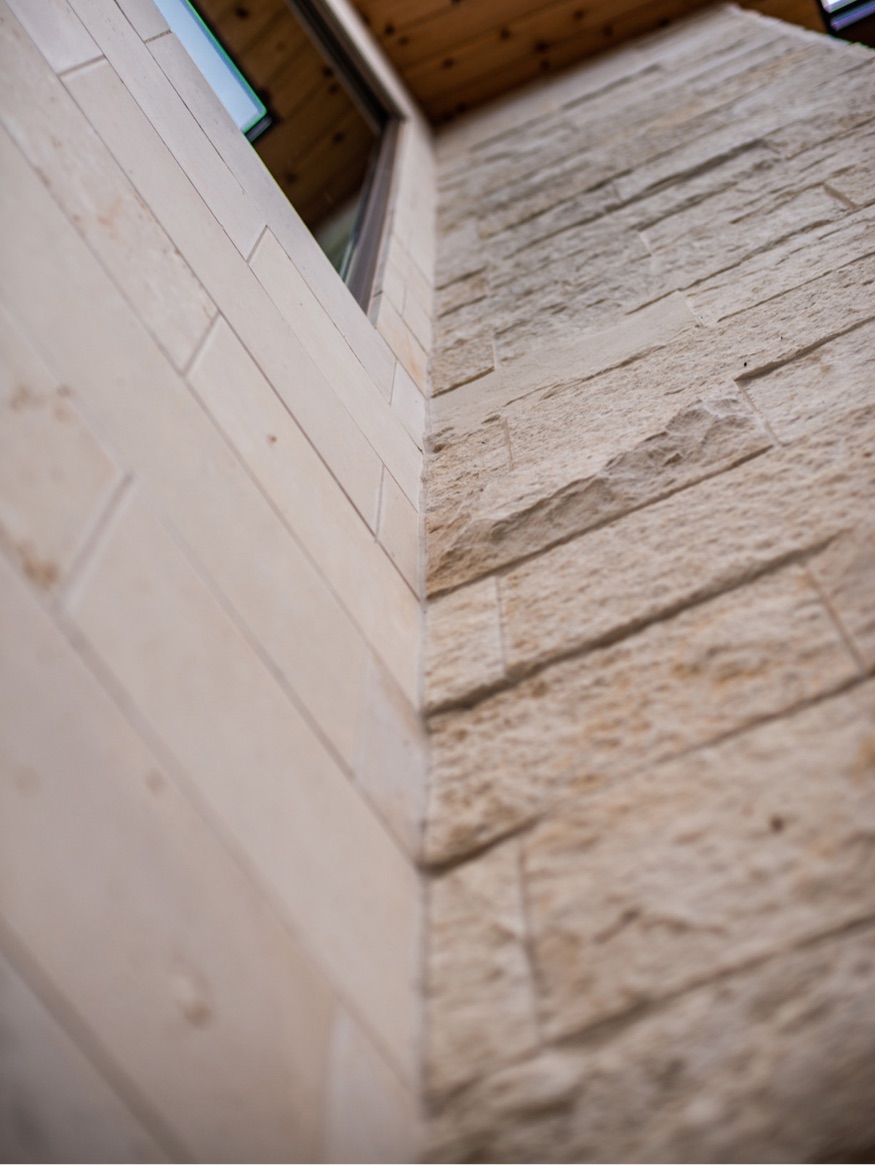

When designing intentionally and specifying materials consciously, the project becomes a complete system that supports the inhabitable environment and protects the external environment or habitat. The choice of natural materials with which to clad interior and exterior design elements can reflect the integrity of the environment-conscious design strategy. As stone and tile are formed from catalyst materials that create the outer crust of the earth, it is only natural that they lead the future in sustainability and environmentally cohesive products for our global ecosystem on Earth.


Terri Hogan Dreyer
Terri Hogan Dreyer is the Managing Partner and a Principal at NANO Architecture | Interiors, a New Orleans-based firm focuses on commercial, residential, educational, and industrial design. With degrees in both Architecture and Interior Design, and more than 30 years of experience in the profession, she is the design and management force behind NANO’s projects. Additionally, she has designed and managed many historic renovation projects valued at a total of over $25 million. Terri is currently serving as the President Elect of the AIA New Orleans, and is on the Board of Directors for the New Orleans Area Habitat for Humanity, and Friends of New Orleans City Park.






